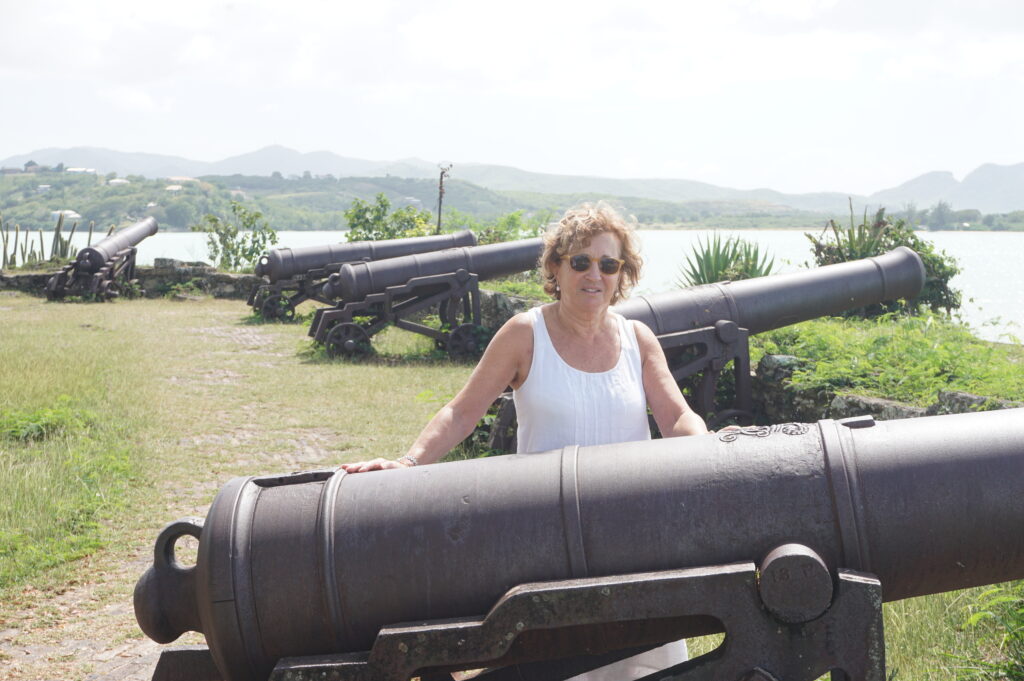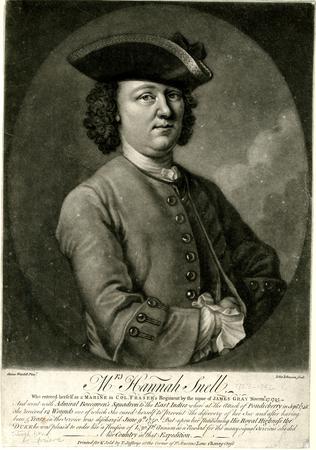Women who went to Sea- disguised as sailors
Published on: 03/30/23 3:57 PM

The highest number of cross-dressing women who became soldiers and sailors, or marines, is recorded in the eighteenth century.
As Jane Austen wrote ‘if adventures won’t befall a young lady in her own village she must seek them abroad.’
This is what scores of teenage girls and twenty-somethings who yearned for adventure, who were ‘tomboys’ by nature and enjoyed physical exercise, did.
During this century wars between European countries waged over a number of issues: territory, succession to various thrones and trade. The British army was stretched thin across the world and in desperate need of recruits. For there were three East Indies wars against France to protect the British East India Company. The trading company was hugely important accounting for half of the world’s trade, particularly in basic commodities including cotton, silk, indigo dye, salt, spices, saltpetre, tea, and opium.
A number of known young English women travelled to India and the Caribbean, fighting in these Anglo/French trade wars. Slipping through the recruiting process, they embarked as sailors on Royal Naval ships from Portsmouth in the 18th century.
Hannah Snell was one. She had no problem signing on as a volunteer for Colonel Fraser’s regiment that was part of Admiral Boscawen’s fleet. The fleet was being fitted out for a tour of duty in the East Indies. Men were loath to go on these long overseas trips because conditions aboard ship were bad, food was poor, no return dates could ever be foreseen and the likelihood of getting fevers and even dying was high. Hannah was on board the ‘Swallow,’ a sloop-of-war under Captain Rowzier, which set sail with other battleships, men-of-war or frigates and a convoy of fourteen hundred regular troops. The expedition’s objective was to provide naval protection for the English East India Company ships. Hannah shot and killed her first ‘enemy’ at the Battle of Pondicherry, aboard ship. After 5 years she returned to Portsmouth, her ship docking there and so ended her adventures.
She admitted her true sex to her fellow sailors and that the sailor they’d known as James Gray had been a disguise. Hannah’s published story ‘The Female Marine,’ was a best-seller.

Mary Read also enlisted as a sailor in disguise and arrived in the West Indies where she subsequently became a pirate. She became famous after she was arrested along with another women pirate Ann Bonny. The story of how they met is amusing, as when Mary’s ship was captured by the notorious pirate Jack Rackham, she was forced to work for him. She fell for a handsome young sailor and confessed to him that she, Mary was in fact a girl. Only to find that the young man was also a girl, Ann Bonny! Theirs was not a happy ending as the British Navy captured them and Rackham was hanged, Mary died of a fever before she could be hanged and Ann escaped, her whereabouts unknown.
Mary Anne Talbot was the fifteen-year-old heiress and illegitimate daughter of the Earl of Talbot. She who was forced to board a British naval ship bound for Haiti with her abductor, Captain Bowen. He had raped her and dressed her as a cabin boy. She saw action in the Caribbean and back in Flanders on their fleet’s return to European waters. Anne Jane continued as a sailor, after Bowen’s death on the battlefield and at one point her ship was captured by a French boat. Rescue came from the one-hundred-gun English Royal Navy ship ‘Queen Charlotte’ and Mary Anne was taken on board where she told her story, but not her sex, to Admiral Lord Howe.He believed her and offered to transfer her as a powder-monkey to the new and powerful seventy-four-gun HMS Brunswick, that was called a ship of the line because it met enemy ships broadside to fire on them.
As Mary Anne reported when telling her story , that Captain Harvey, on realising ‘that my manner was very different from that of many lads of board,’ promoted her to be ‘his principal cabin-boy.’ She took part in Lord Howe’s ‘Glorious lst of June’ attack on the French fleet, designed to stop its imports of grain from America. It was unsuccessful and the ship returned to Spithead. Mary Anne died young at thirty one after 3 years as a sailor in disguise.
William Brown is the only known black sailor who enlisted in the British Navy. This was her alias and the young woman, reputedly from Grenada, she signed on in the early nineteenth century. It is undisputed that she was a sailor of the battleship HMS Queen Charlotte but her service record is unclear. There are no images of her.
Of the other known disguised sailors were:
Paul Daniel who had the bad luck to be spotted by an eagle-eyed sergeant when he was exercising some soldiers on board a transport ship at Portsmouth in 1761. He thought young Paul Daniels ‘had a more prominent chest than ordinary.’ He sent for him to come to his cabin after the drill and told him his suspicions, whereupon Daniels, to avoid a physical search ‘confessed her sex.’
Arthur Douglas – Only five feet tall and aged about 19, young Arthur worked as a landsman on board the privateer ship, the ‘Resolution.’ Working his passage 174 cross-dressed to kill from London to Liverpool, he went aloft to furl the sails ‘was frequently mustered among the Marines at the time they exercised’ the small firearms, and generally seemed to be of ‘very modest character, and by his behaviour to have had a genteel education.’ It wasn’t until the ship docked at Liverpool that the truth came out that Arthur was in fact a teenage girl. One of the messmates on board discovered her sex and tried to sleep with her. She agreed ‘to prevent a discovery of her sex to the whole ship, but when they landed refused to keep her word, so told the Captain.
Jane Meace tried to enlist as a Marine in 1762. In Uttoxeter on Thursday 12th, a young man ‘came to a recruiting party of Marines’ being held at the alehouse called ‘The Plume and Feathers.’ He enlisted and signed as John Meace, and asked for all his bounty money, but only got one shilling, as they thought he needed ‘cloathing and other necessaries.’ So, they drank some punch and the men all slept together in one bed. In the morning ‘one of the men laying hold of her coat over the breast to see how it fitted, her sex was discovered.’
Ann Mills who served on board the frigate ‘Maidstone.’
And finally Hannah Witney whose story dates from October 20th, 1761. A young man was impressed (press-ganged) at Plymouth and sent to Captain Toby. On arrival he was put in prison, but not liking it, disclosed that he was in fact a young woman. The naval report says that she was
‘Born in Ireland, had been a Marine on board different ships for upwards five years,’ and that she would not have ‘disclosed herself’ if she had been ‘allowed her liberty.’ This was duly granted. A naval report included details of a young Lady ‘on board the Fleet in Man’s Apparel, who showed all the signs of most undaunted Valour.
Several other women, the report continued, ‘are still living and some of them in this Town who have served whole campaigns and fought stroke by stroke by the most manly soldiers.’ They, like so many other valiant women who rallied to the patriotic call to defend their country will remain unknown. But those now listed will have a place in the military and social history books.
